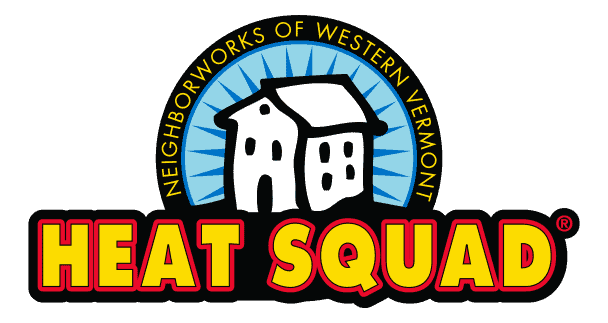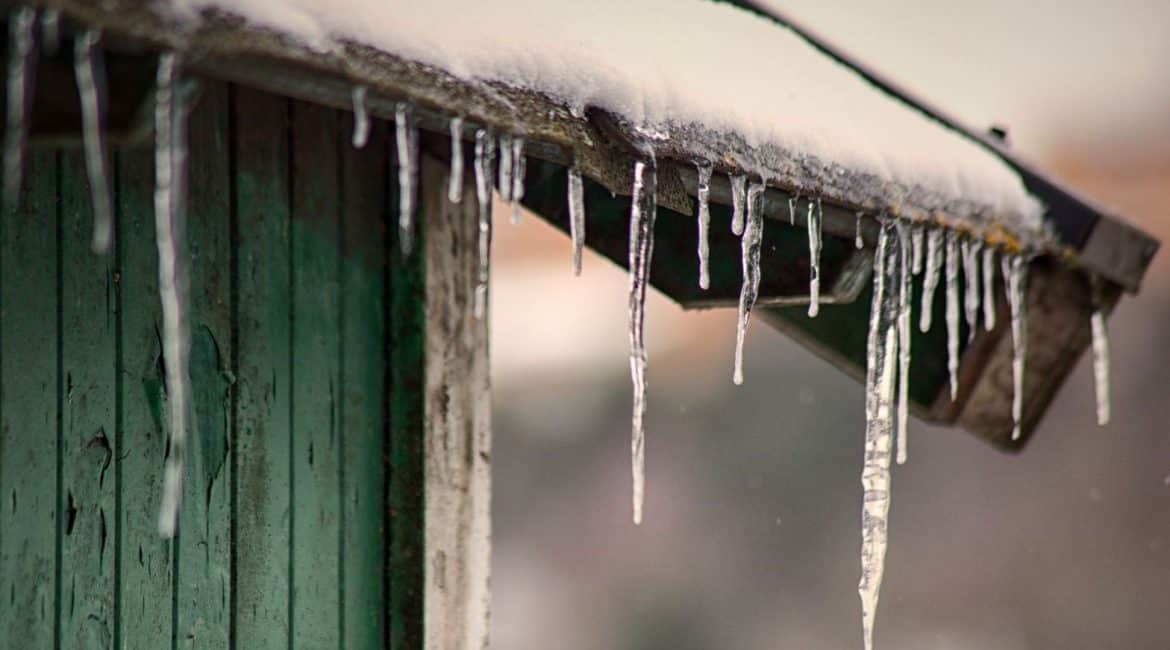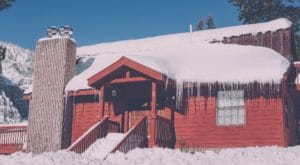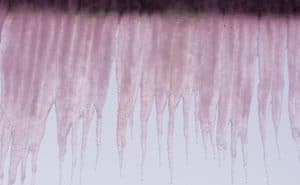Many of us have fond childhood memories of seeing the beautiful icicles on the roofs of our home. Dripping icicles to many are a nostalgic vision of what winter should look like. But what do icicles really mean for your home? They may be pretty, but they are sometimes a sign of something more dangerous or could be a hint of how much heat is escaping through your roof.
How Do Icicles Form?
Icicles are formed when snow or ice melts due to exposure of a heat source or sunlight. Icicles develop on days where the air temperature is below freezing but a heat source (heat from your roof, sunlight, etc.) causes existing ice or snow to melt in small amounts. This small amount of water runs or drips and thins out and freezes when it meets the cold air temperature. Icicles form drop by drop but can reach large sizes in a short amount of time.
The Dangers Of Ice:
While icicles can be pretty, they often mean there are underlying issues that are helping to create them. They don’t always mean a problem but the two main issues associated with icicles are roof damage and ice dams.
Roof damage can be caused by the weight of some icicles. If enough icicles form on roof lines and things like gutters, they can damage the roof when the weight causes them to fall away or break. If your home has different roof lines that meet, it is not unheard of to have heavy icicles fall and cause damage to the underlying roof. This is especially true for slate roofs. Icicles can also be harmful to people, pets, and objects under them.
The second issue is ice dams. These are large quantities of ice that build up at the edge of your roof that is from the piles of snow further up on the roof. If heat is escaping from your home through the roof, it warms up the first layer of snow turning it to ice while the snow on top continues to “look” like snow. This ice can get thick quickly and weigh an enormous amount. Ice dams can cause water to back up behind it and create leaks down side walls or other objects like chimneys.
How To Prevent Icicles:
The best way to help prevent icicles is to reduce the amount of any heat leaking from your roof. This can be done by making sure your attic has enough of the proper insulation to stop heat leakage. Sealing any gaps or cracks in your attic can also significantly reduce any heat leakage. Another way to prevent ice build up and thus icicles is by making sure to remove excess snow from your roof to prevent buildup. Using a roof rake, you can pull large snow buildup off of your roof.
Want some professional help that can not only determine why you may have icicles but also let you know the next steps to preventing them in the future (and saving on your energy and heating bills)? Our HEAT Squad can conduct a home energy audit that will look at every aspect of your home and point out potential heat loss issues as well as work with contractors to assist your home projects like adding insulation to your attic. For more information, go to www.heatsquad.org or call 802-438-2303.
Author: Bailey Aines, NeighborWorks of Western Vermont part-time employee







